Understanding Whitening Strips
Whitening strips have become a popular and accessible method for achieving a brighter, whiter smile. These thin, flexible strips are coated with a peroxide-based whitening agent, typically hydrogen peroxide or carbamide peroxide. When applied to the teeth, the whitening agent penetrates the enamel, breaking down stains and discoloration caused by factors like coffee, tea, tobacco, and aging. Understanding how these strips work is the first step in effectively incorporating them into your oral care routine. The convenience and relatively low cost of whitening strips have made them a go-to solution for many seeking a quick cosmetic enhancement, but it’s essential to be informed about their use to maximize results and minimize any potential side effects. They offer a practical way to boost your confidence and enhance your smile from the comfort of your own home.
How Whitening Strips Work
The science behind whitening strips is relatively straightforward, relying on the chemical reaction of the active whitening agent with the stains on your teeth. Once the strip adheres to the teeth, the peroxide solution comes into contact with the enamel. The peroxide molecules penetrate the enamel and dentin, the layer beneath the enamel, where they break down the stain molecules into smaller, less visible components. This process doesn’t actually remove the tooth’s structure but rather lightens the existing stains, making your teeth appear whiter. The effectiveness of the whitening depends on the concentration of the peroxide, the duration of application, and the initial condition of the teeth. Consistent use, as directed, is key to achieving the desired results. The gradual lightening effect allows for a more natural and less dramatic change in tooth color, contributing to a healthier and more appealing smile. Understanding the mechanism helps in appreciating the process and setting realistic expectations.
The Science Behind Teeth Whitening
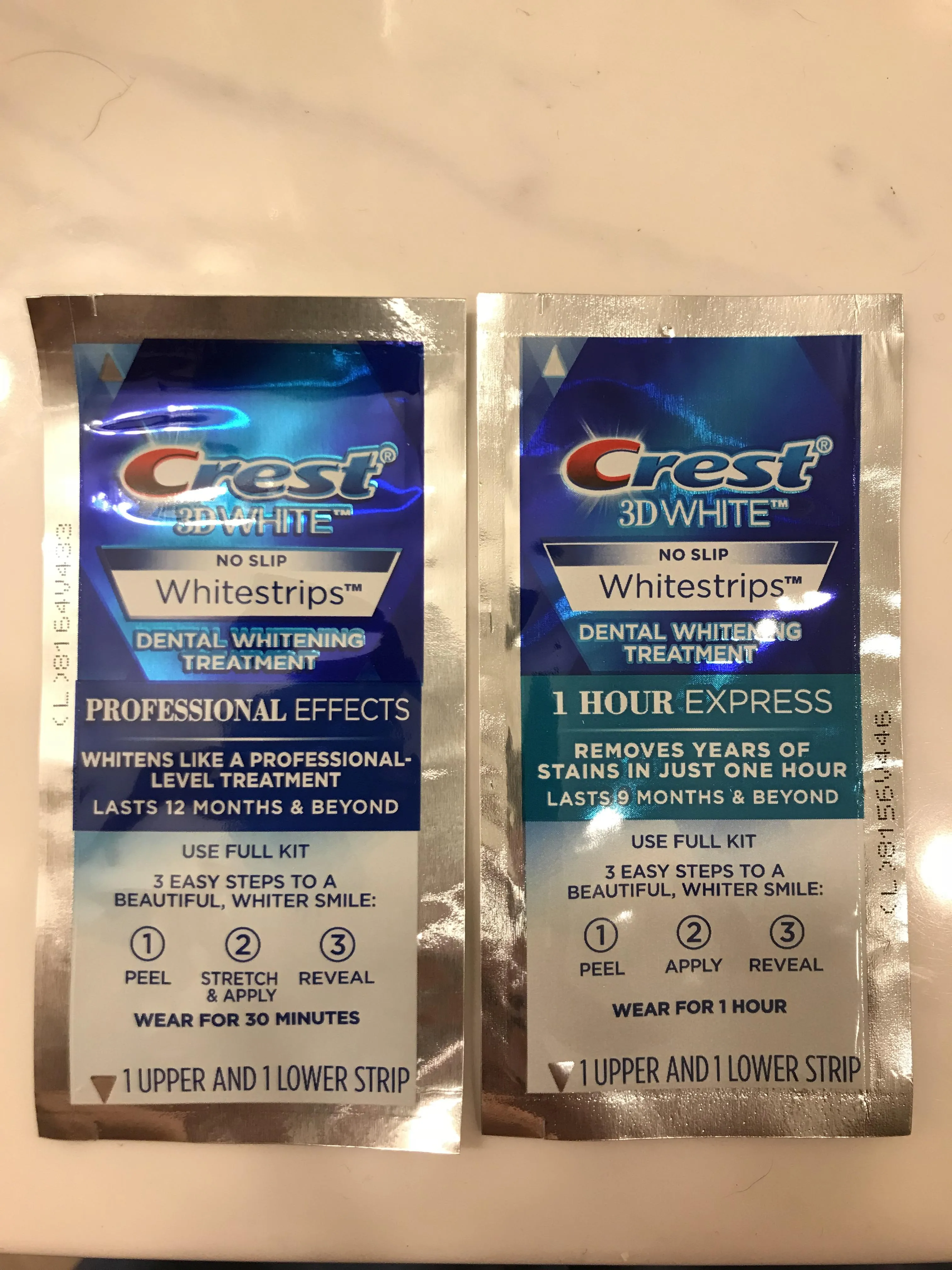
At the molecular level, teeth whitening involves oxidation-reduction reactions. The peroxide in the whitening strips acts as an oxidizing agent. It releases oxygen molecules that react with the stain molecules embedded in the tooth’s enamel. These stain molecules are complex organic compounds, and the oxidizing action breaks them down, effectively decolorizing them. The process is similar to how bleach works on fabrics, but the concentration of peroxide in whitening strips is carefully controlled to be safe for use on teeth. The structure of enamel is porous, which allows the peroxide to penetrate and interact with the stains. The effectiveness of this process varies based on the type and depth of stains, as well as the individual’s tooth structure and genetics. The scientific understanding of this process helps consumers make informed decisions about the best whitening methods for their specific needs and desired outcomes.
Choosing the Right Whitening Strips
Selecting the right whitening strips requires considering several factors to ensure both effectiveness and safety. The most crucial element is the concentration of the active ingredient, typically hydrogen peroxide or carbamide peroxide. Higher concentrations often lead to faster results, but they can also increase the risk of tooth sensitivity. It’s essential to balance your desire for quick results with your tolerance for potential side effects. Other considerations include the brand’s reputation, user reviews, and any specific features, such as strips designed for sensitive teeth. Consulting with a dentist can provide personalized advice based on your oral health and whitening goals. Consider the application time per day, the duration of the treatment, and any additional features that may enhance comfort and effectiveness, like enhanced adhesion or flavor. Choosing the right product is essential to achieve the best outcome while safeguarding your dental health.
Factors to Consider Before Buying
Before purchasing whitening strips, evaluate your individual circumstances and preferences. Assess the severity of your tooth discoloration. If you have deep-seated stains or intrinsic discoloration, whitening strips alone might not provide the desired results, and you might need professional treatments. Be mindful of your teeth’s sensitivity; if you have sensitive teeth, look for strips specifically formulated for this condition, which typically have a lower concentration of peroxide. Review the ingredients list to identify potential allergens or irritants. Research different brands and read user reviews to understand their effectiveness and any common complaints. Determine your budget, as prices vary widely depending on the brand, the number of strips, and the concentration of the active ingredient. Consider the application time and ease of use to fit your daily routine. Take into account any pre-existing dental work, such as fillings, crowns, or veneers, as whitening strips will not alter their color. Evaluate all these aspects to choose the perfect whitening solution that aligns with your specific requirements.
Different Types of Whitening Strips
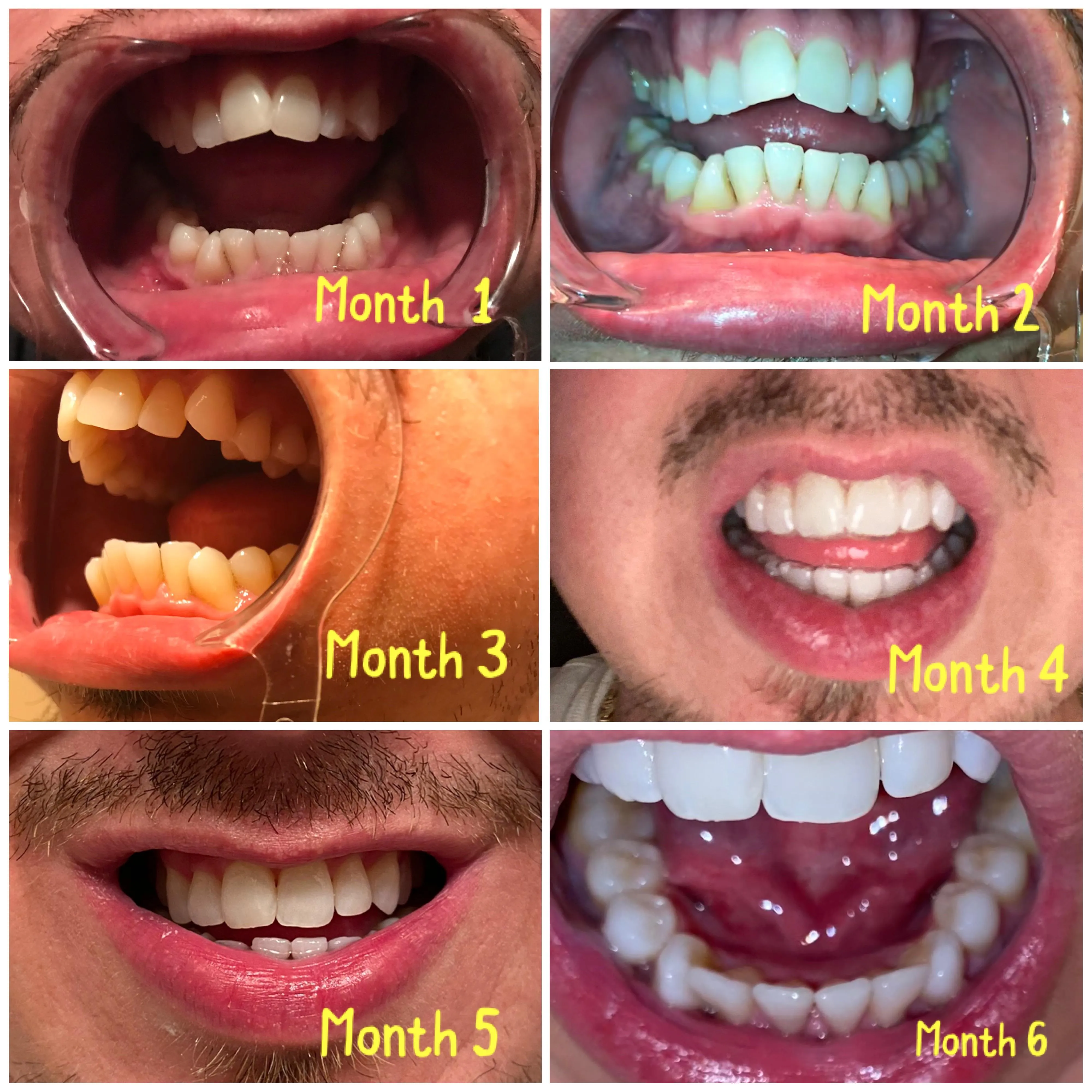
The market offers a variety of whitening strips, each designed to meet different needs and preferences. Standard strips are the most common, providing a general whitening effect with moderate peroxide concentrations. Strips for sensitive teeth usually contain a lower concentration of peroxide to minimize discomfort and are a great option for those with easily irritated gums or teeth. Some strips feature advanced technologies, such as enhanced adhesion or extended wear time, to improve effectiveness and convenience. There are also strips with specific formulations for tough stains, such as those caused by coffee or tobacco, often containing higher peroxide levels. Some brands offer strips that are designed to be used overnight, providing a more gradual whitening effect over time. Understanding the different types available enables you to choose a product that best suits your individual oral health profile and aesthetic goals. Consider the active ingredients, application methods, and any special features to choose the perfect fit for your whitening journey.
Whitening Strips Application Techniques
Proper application of whitening strips is essential for achieving optimal results and minimizing potential side effects. Begin by brushing your teeth gently to remove any surface debris, but avoid brushing immediately before applying the strips, as this can increase sensitivity. Carefully peel the strips from their backing and apply them to your teeth, making sure to align the strips with your gumline. Press the strips firmly against your teeth, ensuring good contact and avoiding any air pockets. Fold any excess strip material behind your teeth. The application time varies depending on the product, so follow the instructions provided on the packaging. After the specified time, remove the strips and discard them. Rinse your mouth with water to remove any residual whitening agent. Consistency is crucial; apply the strips as directed every day to see noticeable improvements. Be careful not to swallow any of the whitening solution and seek professional advice if you encounter any discomfort or adverse reactions.
Step by Step Guide to Using Strips
Follow these simple steps to achieve the best results with whitening strips. First, brush your teeth gently and floss to remove any loose food particles or plaque. Allow the teeth to dry a bit. Carefully peel the whitening strip from its backing, handling it by the edges to avoid touching the whitening surface. Apply the longer strip to your upper teeth, aligning it with the gumline, and then apply the shorter strip to your lower teeth. Gently press the strips onto your teeth, ensuring good contact across all surfaces. Fold the excess strip material behind your teeth to secure them in place. Let the strips sit for the recommended time, usually between 30 minutes and an hour, depending on the product. After the treatment time is over, remove the strips and discard them. Rinse your mouth thoroughly with water to remove any residual gel. Avoid eating or drinking anything other than water for at least an hour after treatment. Follow these steps consistently for a radiant smile.
Tips for Effective Whitening
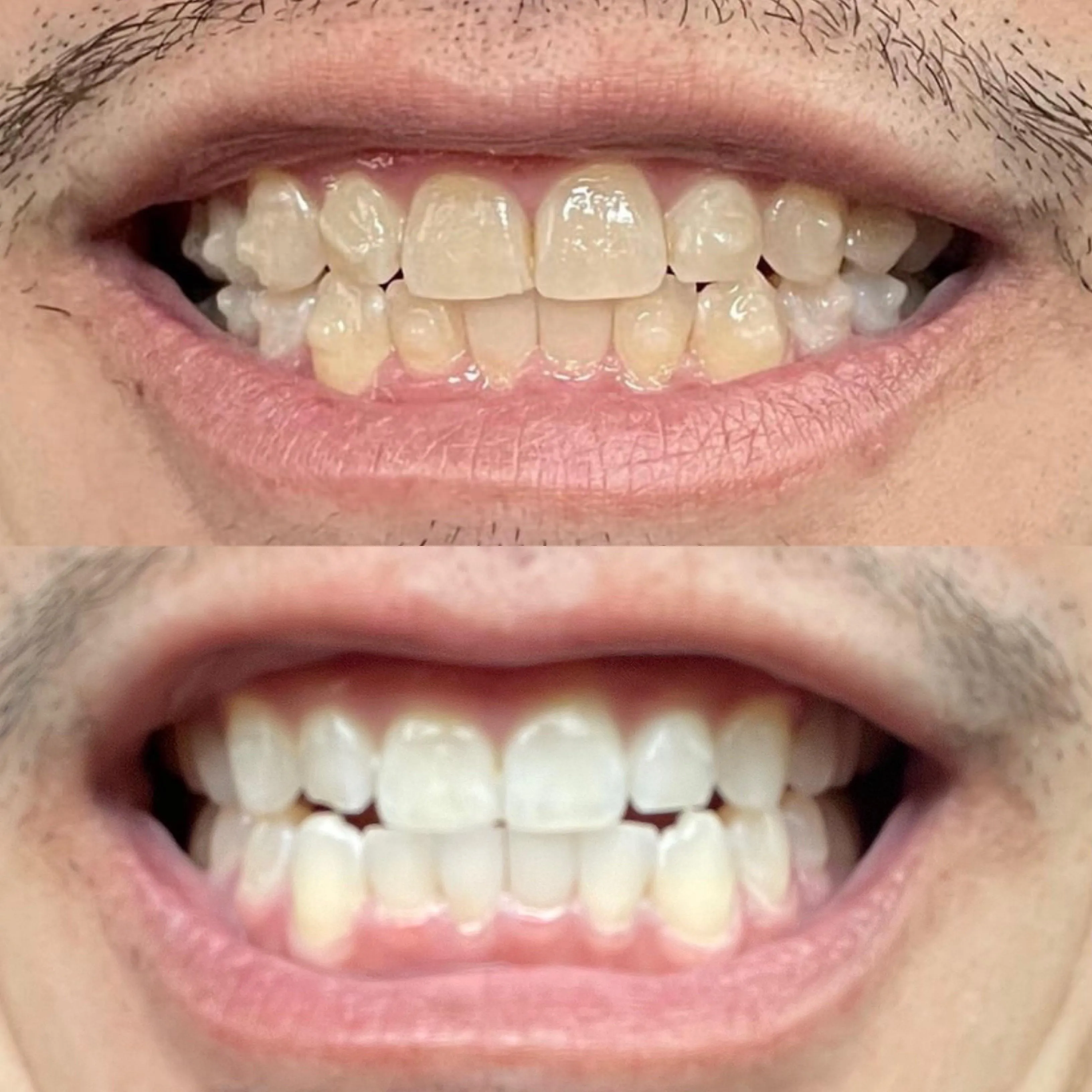
To maximize the effectiveness of whitening strips, adhere to some simple but important tips. Before starting any whitening treatment, consult with your dentist to ensure it is safe for your teeth and gums. Be consistent with your application, following the product instructions meticulously to achieve the best results. Avoid consuming foods and drinks that can stain your teeth, such as coffee, tea, red wine, and dark berries, especially during the whitening process. Maintain good oral hygiene by brushing and flossing regularly to remove surface stains. Use a desensitizing toothpaste if you experience tooth sensitivity. Consider using a whitening toothpaste to maintain your brighter smile. Avoid smoking and other tobacco products, as these can significantly stain your teeth and diminish the effectiveness of whitening treatments. Be patient; results vary and take time to become fully visible. Combined, these tips enhance the impact of the whitening strips, leading to a brighter and more confident smile.
Maximizing Results
To maximize the results of your whitening strip treatments, consider incorporating several strategies. Ensure you maintain a healthy diet to avoid staining foods. Regular dental cleanings can remove plaque and surface stains, enhancing the effectiveness of the whitening strips. If you experience sensitivity, using a toothpaste designed for sensitive teeth can help reduce discomfort. Avoid over-whitening, as this can lead to increased sensitivity and potential damage to the enamel. Be patient and consistent with your treatment; results take time and consistency to appear. Take before and after photos to track your progress and stay motivated. Avoid using whitening strips in combination with other whitening products without professional guidance. If you have significant staining or discoloration, consult your dentist for professional treatments, as they may be more effective. Combine good oral hygiene with patience and consistent application for noticeable and long-lasting results.
Avoiding Common Mistakes
Avoiding common mistakes is crucial for safe and effective teeth whitening. One of the most frequent errors is over-whitening, which can lead to increased tooth sensitivity and gum irritation. Always follow the product instructions and avoid exceeding the recommended treatment duration. Another mistake is applying the strips to teeth that are not thoroughly cleaned; always brush and floss beforehand. Neglecting to remove the strips properly or leaving any residue can cause uneven whitening and discomfort. Using expired products or products from unknown sources can compromise the effectiveness and safety of the treatment. Failing to consult a dentist before starting treatment is another common mistake, especially if you have any pre-existing dental issues. Failing to avoid staining foods and drinks during the whitening process can reduce the effectiveness of the treatment. Being aware of these pitfalls and avoiding them will ensure a safer and more effective teeth whitening experience.
Maintaining Your Bright Smile

Once you’ve achieved your desired level of whiteness with whitening strips, taking steps to maintain your bright smile is important. Maintain good oral hygiene, which involves brushing your teeth at least twice a day and flossing daily to remove plaque and food particles. Avoid or limit consumption of staining foods and drinks like coffee, tea, red wine, and dark berries. If you consume these, rinse your mouth with water afterward or brush your teeth. Use a whitening toothpaste or mouthwash to help maintain the brightness of your teeth. Schedule regular dental check-ups and cleanings to ensure your teeth remain healthy and your smile stays bright. Consider occasional touch-up treatments with whitening strips to maintain the desired shade. Avoid smoking and tobacco products, which can heavily stain your teeth. By integrating these practices into your daily routine, you can enjoy a radiant, white smile for years to come.
Post-Whitening Care
Proper post-whitening care is crucial for both maintaining your results and ensuring the health of your teeth and gums. Immediately after each whitening treatment, avoid consuming foods and drinks that could stain your teeth, such as coffee, tea, red wine, and deeply pigmented fruits. Drink plenty of water to stay hydrated and help rinse away any residual whitening agent. If you experience tooth sensitivity, use a toothpaste designed for sensitive teeth. Avoid using abrasive toothbrushes or whitening toothpastes immediately after treatment. Maintain a rigorous oral hygiene routine, brushing gently twice a day and flossing daily. Schedule regular dental check-ups and professional cleanings to maintain your oral health and address any issues promptly. Consider using a whitening toothpaste or mouthwash to extend your results. By following these post-whitening care recommendations, you can safeguard your investment and ensure a bright, healthy smile.
Alternative Whitening Methods
While whitening strips are a convenient option, several alternative teeth whitening methods are available. Professional teeth whitening, performed by a dentist, uses higher concentrations of whitening agents and can produce more dramatic results. Over-the-counter whitening toothpastes and mouthwashes offer a gentler approach, helping to remove surface stains. Whitening gels, applied using custom-fitted trays, are another option, allowing for more targeted treatment. Dental veneers and bonding are cosmetic procedures that can cover up stained or discolored teeth, providing a permanent solution. Choosing the right method depends on your needs, preferences, and budget. Consider your individual oral health profile and consult with your dentist to determine the most suitable method for achieving your desired smile. Understanding the alternatives allows you to make an informed decision.
Comparing Strips to Other Options
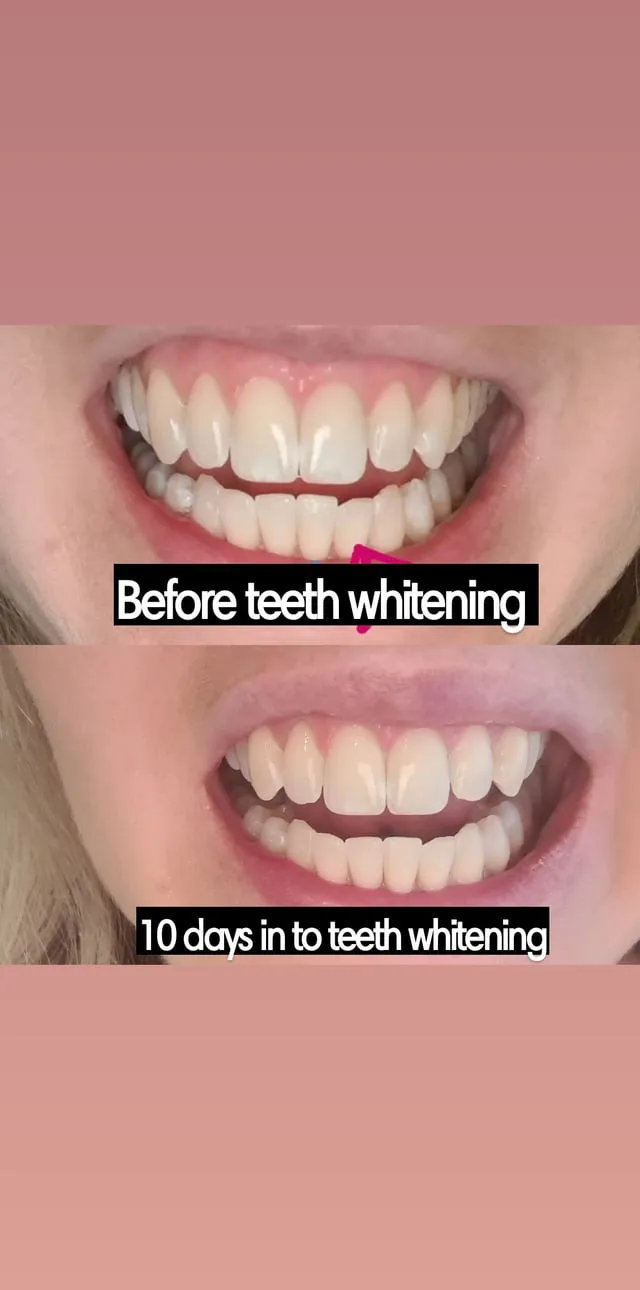
When comparing whitening strips to other teeth whitening methods, consider the pros and cons of each option. Whitening strips offer convenience and affordability, making them an accessible choice for many. However, the results may be less dramatic compared to professional whitening. Professional teeth whitening provides faster and more significant results but is more expensive. Whitening toothpastes and mouthwashes are gentler and can maintain results but are less effective for significant discoloration. Custom tray whitening is a middle-ground option, offering more control and better results than strips, but requiring initial investment. Veneers and bonding provide a permanent solution but are more invasive and expensive. Consider your individual needs, budget, and the desired level of whitening when making a decision. Consulting with your dentist will provide a personalized recommendation based on your oral health and cosmetic goals. Evaluate the convenience, cost, and effectiveness of each method to choose the perfect fit.
Whitening Strips Reddit Community Insights
The Reddit community offers a wealth of information about whitening strips, including user experiences, reviews, and recommendations. Subreddits dedicated to oral health and beauty often host discussions about the effectiveness of different brands, application tips, and the management of side effects such as sensitivity. Users share their personal experiences, providing insights into the pros and cons of various products. Discussions often include before-and-after photos, helping others gauge the potential results. These communities are a valuable resource for comparing different products, gaining tips on application techniques, and understanding the experiences of others who have used whitening strips. The shared knowledge can help you make an informed decision and find the best product for your needs. Reading these discussions can provide useful information before starting treatment.
Reddit User Experiences
Reddit user experiences with whitening strips vary widely, reflecting the diverse nature of individual oral health and preferences. Many users report positive experiences, highlighting the convenience and affordability of whitening strips as a great way to improve their smile. Common feedback includes noticeable improvements in teeth whiteness after a few weeks of consistent use. Users frequently share before-and-after photos, demonstrating the visible results. Other users share challenges and concerns, particularly regarding sensitivity. Some users report experiencing mild tooth sensitivity or gum irritation, but they often find that using desensitizing toothpaste or adjusting the application frequency alleviates these issues. A significant number of users emphasize the importance of following the product instructions carefully and being patient to see the best results. Reading through user reviews helps set realistic expectations and learn from the experiences of others. This knowledge is useful for making the best choices for your personal whitening journey.
Top Reddit Recommendations
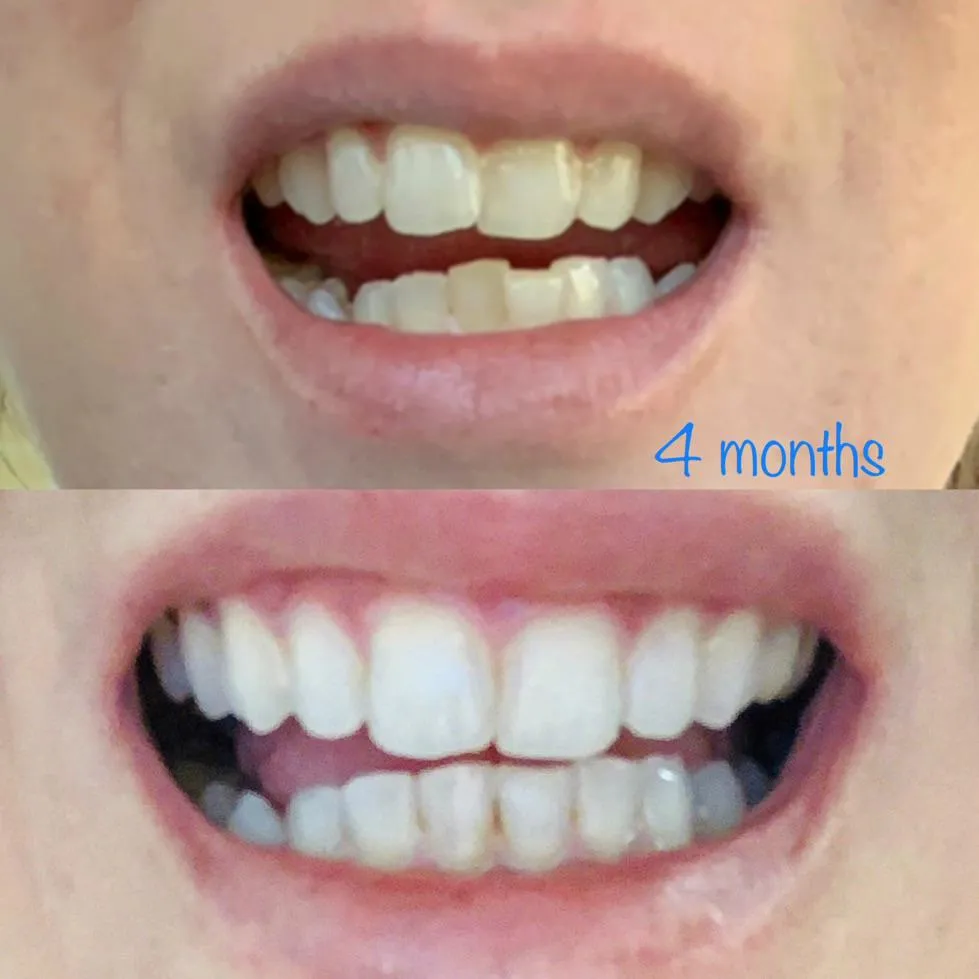
Reddit users frequently share their top recommendations for whitening strips, providing valuable insights into popular and effective products. Often cited are brands that are readily available, affordable, and known for delivering results. The most recommended whitening strips often feature high-quality ingredients. Many top-rated strips feature easy-to-use designs and comfortable application. Users frequently highlight products designed for sensitive teeth, catering to those who experience discomfort. The most popular recommendations typically have positive reviews and testimonials, with users highlighting the value for money and effectiveness of the product. The Reddit community recommendations are a great starting point for selecting a product, helping you compare the best options available on the market. Checking these recommendations helps you refine your choices and find what works best for your particular circumstances. Always consider individual experiences and consult with your dentist for advice tailored to your oral health needs.
Potential Side Effects and Solutions
While whitening strips are generally safe, some potential side effects can occur. Tooth sensitivity is one of the most common issues, often appearing as a temporary discomfort. Gum irritation is another possible side effect, manifesting as redness, swelling, or tenderness along the gumline. Some individuals might experience changes in tooth enamel, although this is less common. The good news is that most side effects are temporary and manageable. To mitigate sensitivity, use a desensitizing toothpaste containing potassium nitrate for at least two weeks before starting treatment and during the whitening process. Apply the strips less frequently or for a shorter duration if sensitivity occurs. Gently brushing your teeth can also minimize irritation. Always follow the product instructions carefully. Consult with your dentist if side effects persist or worsen. Understanding potential side effects and implementing preventative measures helps minimize discomfort and enjoy a more positive experience with whitening strips.
Managing Sensitivity
Managing tooth sensitivity while using whitening strips involves several effective strategies. Use a desensitizing toothpaste containing potassium nitrate at least two weeks before starting treatment and continue during the whitening process. Brush gently to avoid further irritation to your teeth and gums. Apply the strips less frequently, reducing the application time or skipping days. Avoid acidic foods and drinks, as they can exacerbate sensitivity. If sensitivity persists, consult with your dentist, who may recommend professional treatments like fluoride varnish applications. Ensure you are using a product designed for sensitive teeth. Rinse your mouth with water after each application to remove any residual whitening agent. By taking these steps, you can minimize discomfort and continue your teeth whitening journey effectively. Managing sensitivity is important for achieving the best possible results.
When to Consult a Dentist
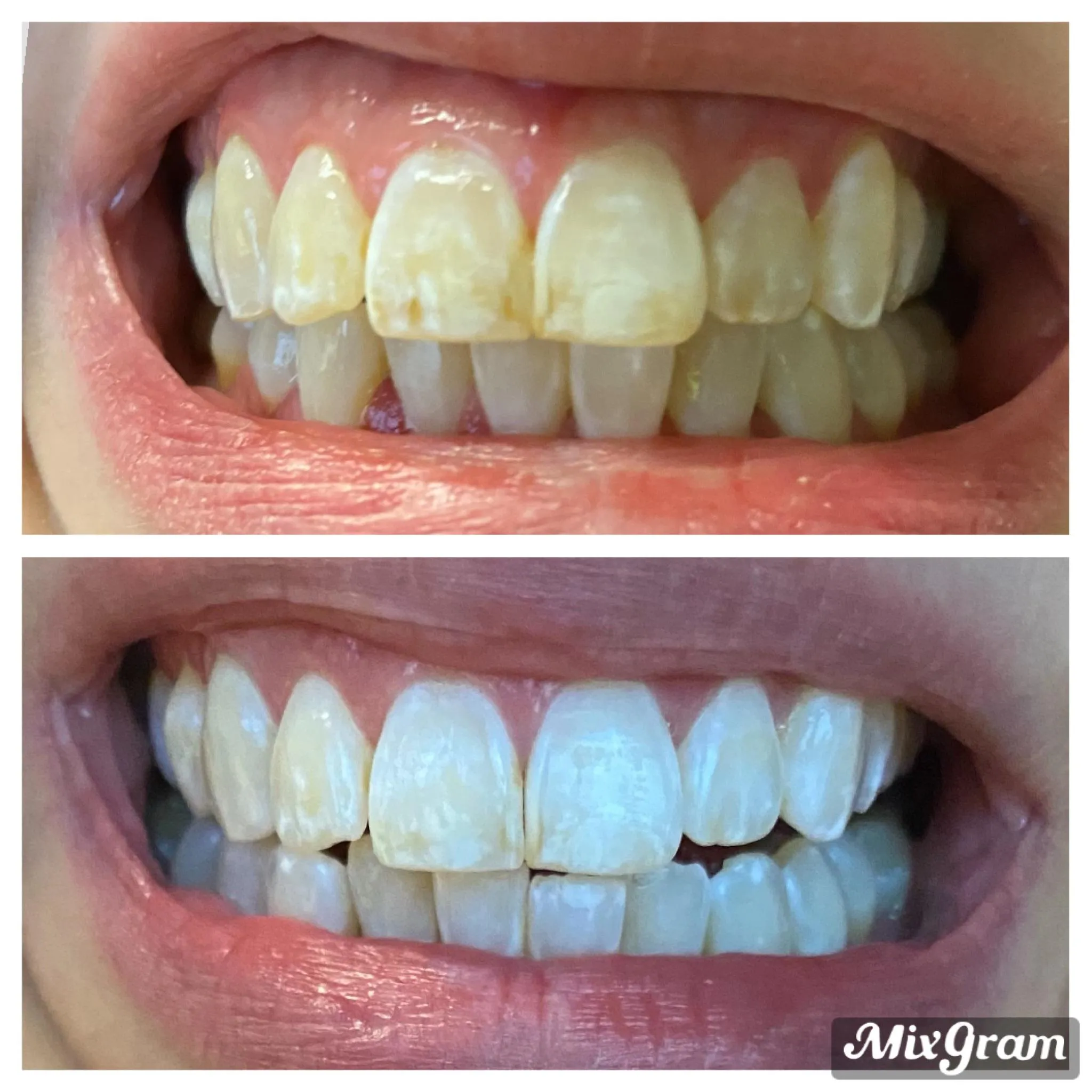
Knowing when to consult a dentist while using whitening strips is crucial for safeguarding your oral health. Seek professional advice if you experience severe or persistent tooth sensitivity, as this could indicate an underlying issue. If you notice any significant gum irritation, such as redness, swelling, or bleeding, consult your dentist immediately. Consult your dentist if you have pre-existing dental problems, such as cavities, gum disease, or sensitive teeth, before starting any whitening treatment. Also, consult your dentist if you are unsure about the best type of whitening strips for your specific needs or have questions about the process. If you are not satisfied with the results after consistent use of whitening strips, it’s best to seek professional advice. Finally, schedule regular dental check-ups during your whitening treatment to monitor your oral health and ensure the treatment is progressing safely and effectively. Following these guidelines will ensure both a brighter and healthier smile.
